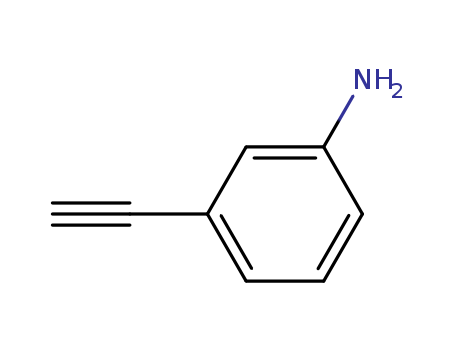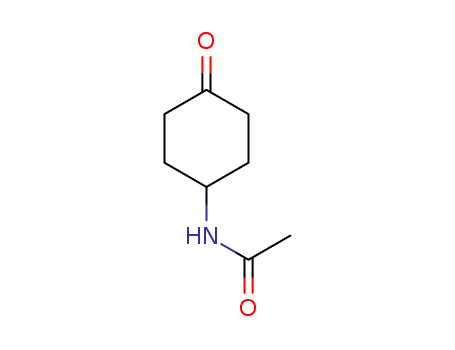- Product Details
Keywords
- Anandamide
- 94421-68-8
- N-arachidonoylethanolamine
Quick Details
- ProName: Anandamide 99%min
- CasNo: 94421-68-8
- Molecular Formula: C22H37NO2
- Appearance: white crystalline powder
- Application: pharmaceutical intermediates
- DeliveryTime: prompt shipment
- PackAge: airtight foil bag in carton or drum
- Port: any main port in China
- ProductionCapacity: Metric Ton/Day
- Purity: 99%
- Storage: room temperature, cool, dry
- LimitNum: 1 Gram
- Moisture Content: not more than 0.5%
- Impurity: not more than 0.5%
Superiority
Anandamide, also known as N-arachidonoylethanolamine or AEA, is an essential fatty acid neurotransmitter derived from the non-oxidative metabolism of eicosatetraenoic acid (arachidonic acid) an essential ω-6 polyunsaturated fatty acid. The name is taken from the Sanskrit word ananda, which means "joy, bliss, delight", and amide.[1][2] It is synthesized from N-arachidonoyl phosphatidylethanolamine by multiple pathways.[3] It is degraded primarily by the fatty acid amide hydrolase (FAAH) enzyme, which converts anandamide into ethanolamine and arachidonic acid. As such, inhibitors of FAAH lead to elevated anandamide levels and are being pursued for therapeutic use.[4][5]
Details
Anandamide, also known as N-arachidonoylethanolamine or AEA, is an essential fatty acid neurotransmitter derived from the non-oxidative metabolism of eicosatetraenoic acid (arachidonic acid) an essential ω-6 polyunsaturated fatty acid. The name is taken from the Sanskrit word ananda, which means "joy, bliss, delight", and amide.[1][2] It is synthesized from N-arachidonoyl phosphatidylethanolamine by multiple pathways.[3] It is degraded primarily by the fatty acid amide hydrolase (FAAH) enzyme, which converts anandamide into ethanolamine and arachidonic acid. As such, inhibitors of FAAH lead to elevated anandamide levels and are being pursued for therapeutic use.[4][5]
Anandamide's effects can occur in either the central or peripheral nervous system. These distinct effects are mediated primarily by CB1 cannabinoid receptors in the central nervous system, and CB2 cannabinoid receptors in the periphery.[6] The latter are mainly involved in functions of the immune system. Cannabinoid receptors were originally discovered as being sensitive to Δ9-tetrahydrocannabinol (Δ9-THC, commonly called THC), which is the primary psychoactive cannabinoid found in cannabis. The discovery of anandamide came from research into CB1 and CB2, as it was inevitable that a naturally occurring (endogenous) chemical would be found to affect these receptors.
Anandamide has been shown to impair working memory in rats.[7] Studies are under way to explore what role anandamide plays in human behavior, such as eating and sleep patterns, and pain relief.
Anandamide is also important for implantation of the early stage embryo in its blastocyst form into the uterus. Therefore, cannabinoids such as Δ9-THC might influence processes during the earliest stages of human pregnancy.[8] Peak plasma anandamide occurs at ovulation and positively correlates with peak estradiol and gonadotrophin levels, suggesting that these may be involved in the regulation of AEA (anandamide) levels.[9] Subsequently, anandamide has been proposed as a biomarker of infertility, but so far lacks any predictive values in order to be used clinically.[10]
Anandamide plays a role in the regulation of feeding behavior, and the neural generation of motivation and pleasure. In addition, anandamide injected directly into the forebrain reward-related brain structure nucleus accumbens enhances the pleasurable responses of rats to a rewarding sucrose taste, and enhances food intake as well.[6][11]
A study published in 1998 shows that anandamide inhibits human breast cancer cell proliferation.[12] Some studies have linked anandamide release as a mechanism of analgesic effects induced by exercise, particularly by running.[13]
In 1996, researchers discovered anandamide in chocolate. They also detected the presence of two substances that might mimic the effects of anandamide, N-oleoylethanolamine and N-linoleoylethanolamine.[14]
Additionally, in 2014 researchers had shown the presence of anandamide and other endocannabinoids in the model organism Drosophila melanogaster (fruit fly), which had previously been unknown, as earlier research had suggested that insects would be incapable of producing these molecules due to a lack of the requisite biochemistry.[15][16]






![1H-Pyrrolo[3,2-c]pyridine-3-carboxylic acid](http://file1.lookchem.com/cas/reactions/2021/08/11/136329.png)
![1H-Pyrrolo[2,3-b]pyridine-3-carboxylic acid](http://file1.lookchem.com/300w/substances/2022-02-21-11/a82fcc2a-7640-4a0a-b05a-1f89b9e3a51f.png)

